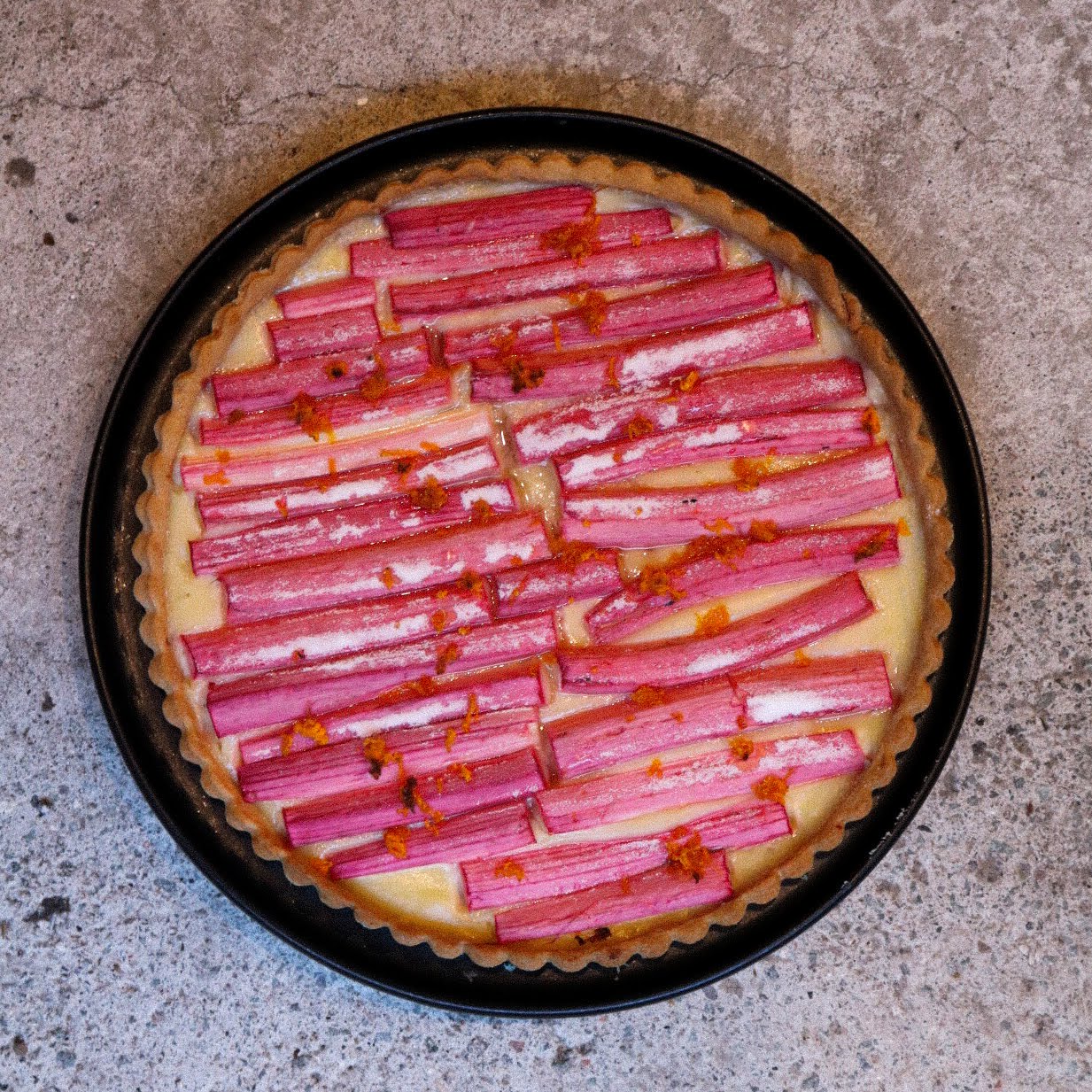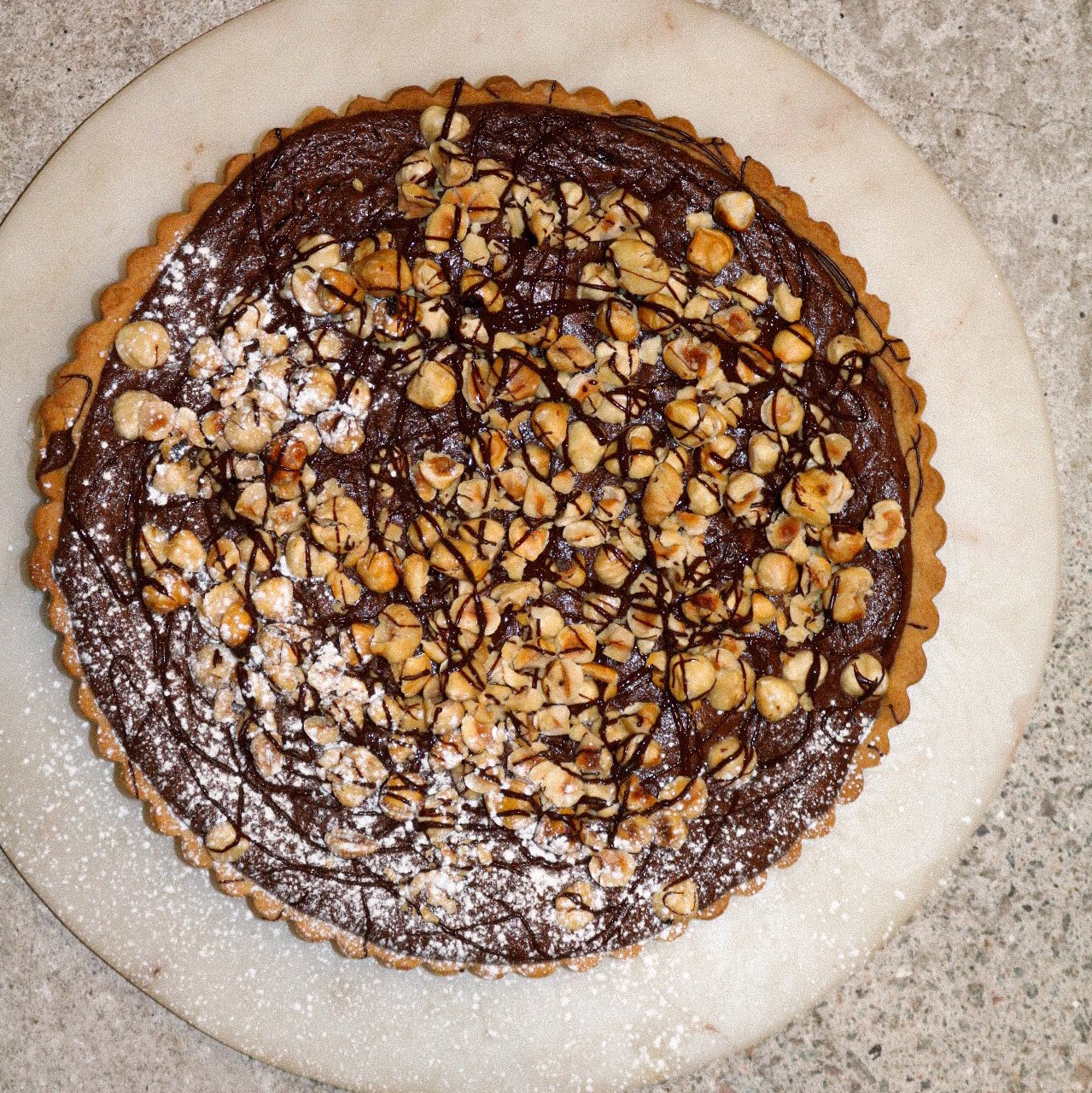
We all know those people who say they ‘just can’t do pastry’ or the classic ‘my hands are too hot for pastry’, maybe you are one of those people? Well allow me reassure you that pastry is one of the simplest processes in baking as long as you follow a few basic rules and approach it with patience and care. After you’ve read this and had a few attempts you’ll start experiencing the same theraputic pleasure I get from making my own pastry.
Now don’t get me wrong, there are some sorts of pastry that should be left to store shelves, where the effort put in doesn’t equate to the end result (Yes Filo I’m talking about you.) But let me start with Sweet pastry, a sweetened version of the humble shortcrust. You would use sweet pastry for dessert pies, tarts or bases to tray bakes or cheesecakes. There are no layers, no special folding techniques and doesn’t take hours of your time. This pastry can be put together in a matter of minutes.
Here I will guide you through making the pastry, rolling and blind baking to produce a baked tart case which could be used to hold a number of different sweet tart fillings.
Ingredients
- 250g unsalted butter, room temp
- 200g caster sugar
- 2 eggs, room temp
- 1⁄2 Tsp salt
- 500g plain flour
Method
- In a large bowl combine the sugar and butter. Using a stand mixer (you can do this by hand but will take a lot of effort) beat for five minutes until the butter and sugar are fully combined, light and fluffy. Scrape down the sides of the bowl.
- Add the eggs one at a time, beating well and scraping down the bowl after each addition.
- Once the eggs are fully incorporated, add half the flour and the salt. Mix gently until just combined.
- Add the remaining flour and pulse until mostly combined.
- Tip the dough onto a worktop and bring into a ball with your hands. Do not kneed. Flatten down the ball to form a disk.
- Wrap the dough tightly in cling film and refrigerate for one hour.

- Grease your pastry tin liberally with butter. Add a handful of flour and tap around so that every part is coated with the flour, tip out any excess. Set aside in the fridge.
- Lightly flour a work top and place your chilled dough onto it. Allow to rest and come to room temperature for around 15 minutes.
- Using a rolling pin, roll the dough to around 1cm thick, turn the dough after each roll as to prevent it sticking to the work top and to achieve a more circular shape.
- Once large enough to line your pastry tin with excess, peel back half of the dough and fold it over a rolling pin, this will make it easier to transfer your dough onto your tin.
- Gently place the dough over the tin, and begin to gently ease it into the base and side.
- Rip off a small piece of dough from the excess and use this to push the dough into all the crevices of the tin.
- Once sufficiently pressed, use your rolling pin to roll across the top of the tin, cutting off all of the excess dough.
- You can use this dough again, so wrap it up, it will last in the fridge for around 5 days.
- Now gently press around the sides of the tin again using the scrap of pastry, you want the pastry to stand a few milimeters taller than the sides of your tin.
- Prick the base of the pastry several times with a fork and place int he fridge to chill for 15 minutes.
- Preheat the oven to 175 degrees celsius.
- Take out your pastry from the fridge and line with cling-film. You will need around 3-4 layers of cling-film with lots of excess around the sides.
- Fill with baking beans (any dried beans or pulses also work well) right to the top of the tart. Bring in the excess cling-film to meet in the middle, forming a parcel which will be easy to remove later on.
- Set the tart onto a heavy baking tray and bake for 15 minutes. This is called blind baking. Remove from the oven and carefully remove the parcel of baking beans from your pastry. Be careful not to spill any into your pastry case as they can be tricky to remove.
- Bake the pastry again for a further 8-10 minutes until the base is a light golden colour and appears not wet.
Allow to cool in the tin for ten minutes before transferring to a wire rack to cool fully.
Now you have a baked sweet pastry tart case ready for you to add any filling you desire.
I hope this will be helpful to you and make pastry making a little less daunting in the future.
Enjoy!

